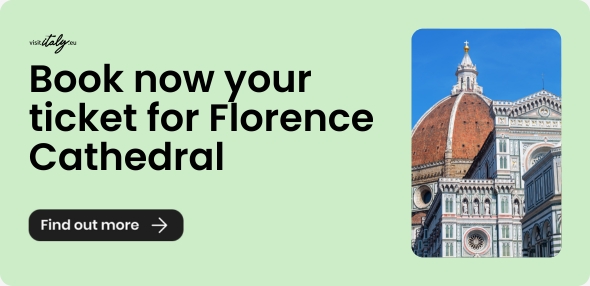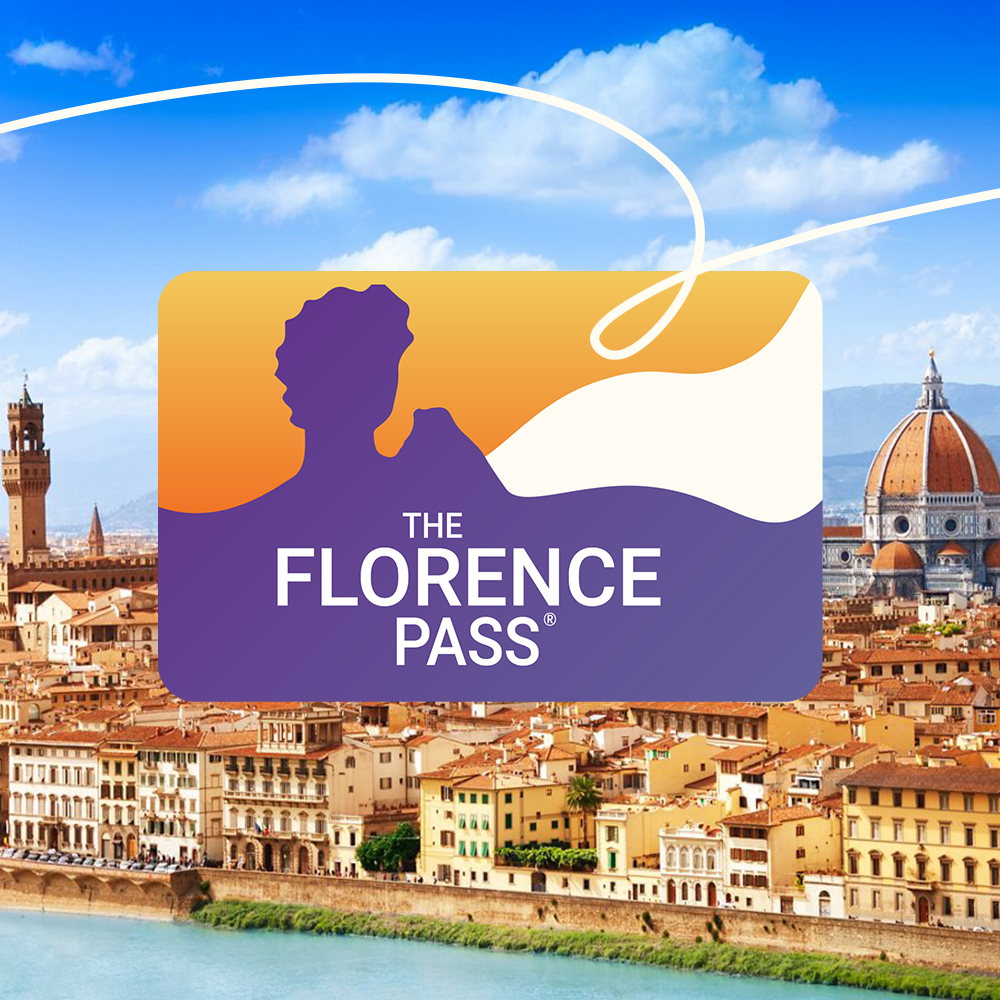Florence is one of the most beautiful cities in the world, rich in history, art and culture: you can make the most of the incredible wonders this city has to offer following a 3-days itinerary.
That's why even if you only have a weekend at your disposal, you can make the most of the incredible wonders this city has to offer. In this article we have created an essential but well-researched itinerary where you will discover what to see in Florence in 3 days.

3 days in Florence itinerary

So how to plan a 3-day itinerary in Florence?
If you are short on time and want to get to know Florence and its incredible cultural, artistic and historical heritage, it is necessary to plan an itinerary. This city is the cradle of the Italian Renaissance, and you just have to walk through its streets to marvel at incredible works of art and ancient palaces.
In order to optimise time, some visitors choose solutions that facilitate access to the main museums and attractions without having to queue or handle individual tickets: small tricks that can make all the difference, especially in high season, such as the Florence Pass.
Although there are unmissable attractions, following an itinerary does not mean planning every detail: on the contrary, Florence is a city that lends itself to being visited by intuition, perhaps lingering in the great squares or stopping to enjoy a delicious gelato and a glass of wine.
That's why in addition to the 3-day Florence itinerary you're about to read, we also invite you to check out our list of 10 must-do things to do in the cradle of the Italian Renaissance.You'll then have the chance to add other incredible experiences to the itinerary we're about to propose at your leisure. Shall we go?
Visit Florence with a single passDay 1 in Florence: walking tour to discover the Reinassance

For the first day of discovering Florence, it is important to wear comfortable shoes because you will have to walk a lot, and you must consider that you will spend a lot of time with your "nose in the air" admiring the main sights of Florence, from works of art to historical palaces.
The best place to start your tour of the city is from the Piazza della Signoria. This square was the centre of political and social life in the 14th century. The Palazzo Vecchio, which dominates the area, has witnessed many events, from the triumph of the Medici to the bonfire of Savonarola. Here you will also find magnificent statues such as Michelangelo's David and Ammannati's Neptune.
The Loggia dei Lanzi, a gallery of sculptures including Cellini's famous statue of Perseus holding the head of Medusa, is just a few steps away on the right-hand side of Palazzo Vecchio.
This is just a small taste of the masterpieces that can be found in Florence: just behind the Loggia dei Lanzi is the famous Uffizi Gallery.

Walking along Via Calzaiuoli, full of shops and bars where you can enjoy a good cappuccino or a creamy gelato, you reach Piazza del Duomo. Here stands the Cathedral of Santa Maria del Fiore, a Gothic structure with an imposing dome designed by Filippo Brunelleschi. In the 1400s, it was the largest church on earth. While the outside of the church is stunning with its pink, white and green marble, the inside is filled with mosaics, paving stones and beautiful Renaissance frescoes.
If you have the energy, you can climb up the stairs to the Dome or to the bell tower by Giotto, from where you can enjoy a spectacular view over the city. Read our guide to best visit this attraction here.
It is time to stop for a delicious and quick lunch. Florence also has a rich gastronomy in terms of street food: here you can taste 'lampredotto', a sandwich stuffed with slow-cooked cow's stomach, or 'schiacciata', a tasty focaccia stuffed with cold cuts. After a short break, it is time to set off again to discover the Uffizi.
A visit to the Uffizi is almost a must when in Florence, as it houses the most important works of Italian art, but you should bear in mind that it takes at least three hours and that you need to book in advance to avoid long queues outside. In this article you will find tips for organizing your flash visit.
Anyway, just admiring from the outside the palace built by Cosimo I de' Medici to house the Florentine offices (hence the name 'Uffizi') of the period will be exciting.
At the end of the day, there is nothing better than a stroll along the Ponte Vecchio, enjoying the beautiful view over the Arno river and looking for a small restaurant where you can have a delicious Tuscan dinner.
Find out how to bookDay 2: discovering Florence

A breakfast in Piazza Santacroce is the perfect way to start the day. Here you will find one of the largest Franciscan churches and an example of Gothic architecture housing the tombs of Michelangelo, Galileo, Machiavelli and Rossini. The square is also dominated by the statue of Dante Alighieri, and there are numerous jewellers.
This location is also perfect for nightlife seekers and is known to host many events, including the Calcio Fiorentino.
For lunch you can go to Piazza San Lorenzo, where you will find the Mercato Centrale, a covered area where you can enjoy typical dishes and more, and the open-air market, perfect for buying some souvenirs, such as leather accessories made by local craftsmen.
The afternoon is the perfect time to soak up the atmosphere of Florence over an apéritif. There is a wide choice of roof terraces and small bars where you can enjoy a cocktail or sip a good local wine.
Day 3: 'Oltrearno', authentic and relaxing Florence

Oltrearno is an area on the left bank of the Arno. Taking a stroll here means relaxing in the greenery and getting to know the most authentic Florence: this district is home to small shops and boutiques and offers a breathtaking panorama.
For an unusual view of the city of Florence, go to Piazzale Michelangelo, where there is an imposing statue of Michelangelo's David: early morning or sunset is the perfect time to enjoy a breathtaking view.
Then you can visit the Pitti Palace, which houses numerous masterpieces such as sculptures, paintings, porcelain and other artefacts. Continue on to the Boboli Gardens, created by the Medici family and opened to the public in the 18th century. It is the first and most important example of a garden in the Italian style.
About the author
Written on 02/05/2023




Piera Bellelli
A short itinerary to discover one of the most beautiful cities in the world. Here is what to see in Florence in 3 days.